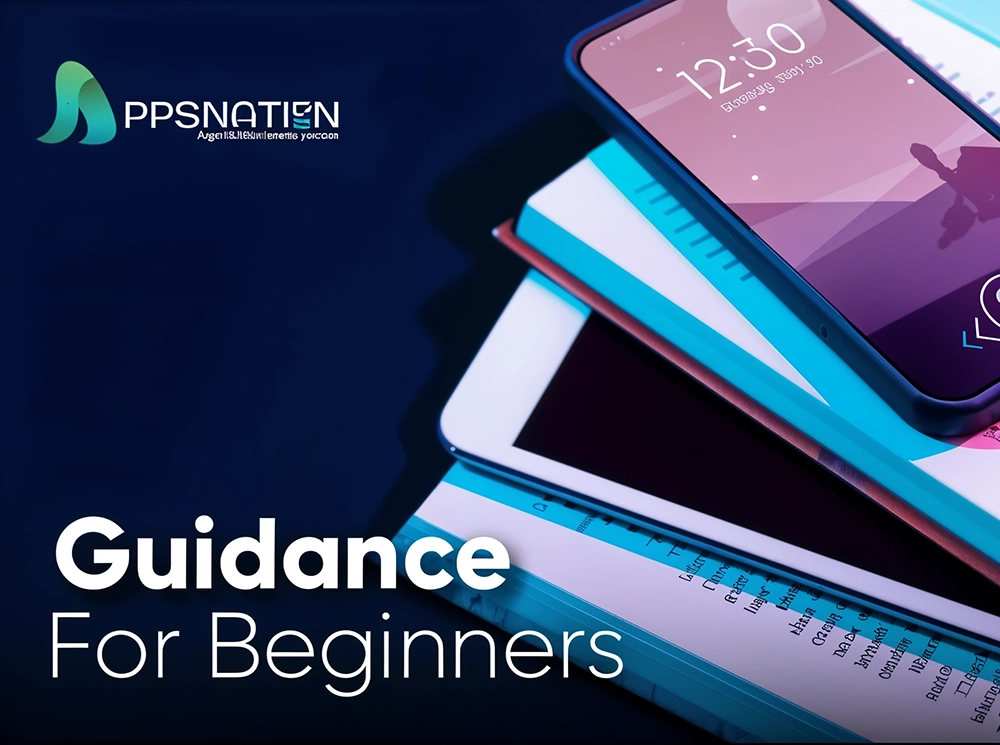Introduction
In today’s digital age, mobile apps are an integral part of our lives. Whether it’s for entertainment, productivity, or commerce, there’s an app for almost everything. However, when embarking on app development, the decision between iOS and Android is a critical one. Both platforms offer unique strengths and challenges, making the choice dependent on factors like target audience, budget, and development objectives. This guide provides a detailed comparison of iOS app development vs Android app development, helping you make the right decision for your project.

Understanding the Platforms
iOS
- Platform: Apple’s proprietary operating system for iPhones and iPads.
- Development Language: Primarily Swift, with Objective-C for legacy apps.
- App Store: Apple App Store, known for its stringent review process and high-quality apps.
Android
- Platform: Google’s open-source operating system for a wide range of devices.
- Development Language: Primarily Kotlin, with Java for legacy apps.
- App Store: Google Play Store, known for its vast app library and easier review process.
Global Market Share: iOS vs Android
As of 2024, Android dominates the global market with a 70% share, while iOS holds around 30%. However, in high-income regions like the U.S., iOS leads with 57.05% market share compared to Android’s 42.62%. This disparity highlights the importance of understanding your target audience’s demographics when choosing a platform.
Development Costs: iOS vs Android
iOS
- Generally higher due to specialized hardware and software tools.
- Limited device variations reduce testing costs.
Android
- Often more affordable due to open-source tools.
- Device fragmentation increases testing and debugging time, slightly raising development costs.
Programming Languages and Development Tools
iOS Development
- Languages: Swift (primary), Objective-C (legacy).
- Tools: Xcode, Apple’s official Integrated Development Environment (IDE), featuring powerful debugging and optimization capabilities.
Android Development
- Languages: Kotlin (primary), Java (legacy).
- Tools: Android Studio, Google’s official IDE, offering extensive cross-platform support and a robust debugging suite.
Design Guidelines for iOS vs Android Apps
iOS
- Adheres to Apple’s Human Interface Guidelines (HIG).
- Emphasizes simplicity, clarity, and consistency.
- Prioritizes intuitive navigation and extensive use of white space.
Android
- Follows Google’s Material Design guidelines.
- Focuses on visual hierarchy, motion, and depth.
- Allows greater flexibility for custom designs and branding.
Development Time: iOS vs Android
iOS
- Faster development due to standardized hardware and software.
- Stringent guidelines streamline the development process.
Android
- Longer development time due to fragmentation across devices and OS versions.
- Requires extensive testing to ensure compatibility.
Monetization Strategies: iOS vs Android
iOS
- Higher revenue potential per user.
- Users are more willing to pay for premium apps and in-app purchases.
Android
- Larger user base offers greater reach.
- Monetization relies on free apps with ads or in-app purchases.

Pros and Cons of iOS vs Android App Development
iOS Pros:
- Higher revenue potential.
- Easier maintenance due to fewer device variations.
- Stricter app store guidelines ensure high-quality apps.
iOS Cons:
- Higher development costs.
- Limited device range and OS versions.
Android Pros:
- Larger global market share.
- Lower development costs.
- Greater flexibility in customization.
Android Cons:
- Extensive testing required due to device fragmentation.
- Less stringent app store guidelines may impact app visibility.
Which Platform Should You Choose? iOS vs Android Development in 2024
The choice between iOS and Android depends on:
- Target Audience: Evaluate user demographics and preferences.
- Budget: Consider development and ongoing maintenance costs.
- Time to Market: Factor in development speed and app complexity.
- Long-Term Maintenance: Assess the cost of updates and support.
- Desired User Experience: Align the design with your brand’s vision.
Cross-Platform Development
For businesses aiming for broader reach, consider using cross-platform frameworks like React Native or Flutter. These allow developers to build apps for both platforms using a single codebase, saving time and resources.
Summary
Deciding between iOS and Android development requires careful analysis of your goals, target audience, and budget. Both platforms have unique strengths that cater to different business needs. By staying updated with the latest trends and leveraging the right tools, you can develop a mobile app that resonates with your audience and achieves your objectives.
Whether you choose iOS, Android, or a cross-platform solution, prioritizing user experience and app quality will ensure the success of your mobile application in 2024 and beyond.





